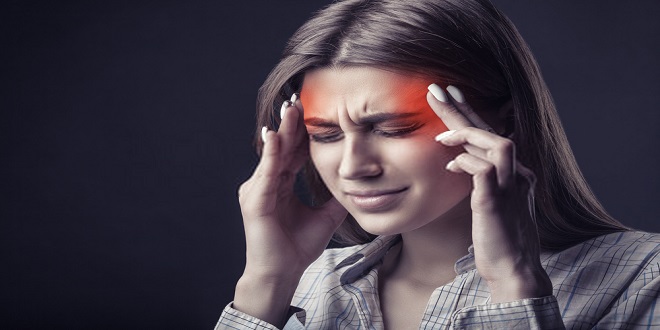Migraine is generally the standard form of headache, but every headache is not a migraine. The term “migraine” means headache, which is generally on one side of the head. It most begins during puberty and young adulthood. It normally starts at puberty or adolescence, fluctuating in intensity over the years, and then usually fades after age 50. An example of centrally mediated pain is migraine. This indicates that the pain and neurologic symptoms of a migraine headache are brought on by a disease of the central nervous system (the spinal cord and brain), which involves the nerves and blood vessels. If you have a persistent headache that does not disappear after several treatments, contact dr. ali vafa.
Why is a migraine different from normal headaches?
Not a psychological or social issue, migraine is a genetic and long-lasting illness like diabetes or asthma. Your brain, veins, and surrounding nerves all transmit and receive impulses that combine to cause pain. When a headache occurs, specific blood vessel nerves become active and convey pain signals to the brain. However, the reason that these signals are first caused is unknown.
A migraine “pain center,” or generator, is in the midbrain. Overactive nerve cells that deliver signals to your blood vessels cause a migraine. Pain can be brought on by the enlargement of the blood vessels close to the nerve endings, which is carried on by the production of prostaglandins, serotonin, and other chemicals.
One of the most typical symptoms is nausea, which worsens with exercise and frequently leaves patients disabled. Other typical signs include:
- Eye discomfort
- Sensitivity to light or sound
- Extreme warmth (sweating)
- Extreme cold (chills)
- Pallor\
- Feeling worn out
- Dizziness, vomiting, and loss of appetite
Triggers
The following conditions can increase the probability that headaches will develop:
- Changing weather conditions, including storm fronts,
- Shifts in barometric pressure, fierce winds, or elevation changes – Bright light, fluorescent lighting, flashing lights, and sunshine
- Stress and worry
- Heavy sleepiness – Excessive effort – Skipping meals, dieting, or drinking insufficient fluids – Changes in regular sleep patterns – Loud noises
- Tobacco use, wearing scents, or being around other strong odors. Some drugs make blood vessels enlarge. Overusing or regularly using headache medicines.
Types of migraines
There are various kinds of migraines, including:
- A normal migraine lacks an “aura.” Most migraines—about 80%—are common.
- Classic headaches (migraine with aura) are more severe than ordinary migraines and start with a feeling of presence before the headache.
- A migraine with aura and other symptoms is known as silent or acephalgic.
- Symptoms of hemiplegic migraines include numbness on a single side of the body, lack of sensation, or “pins and needles.” Visit Naa Songs to find out more information
 Magazine Today
Magazine Today

